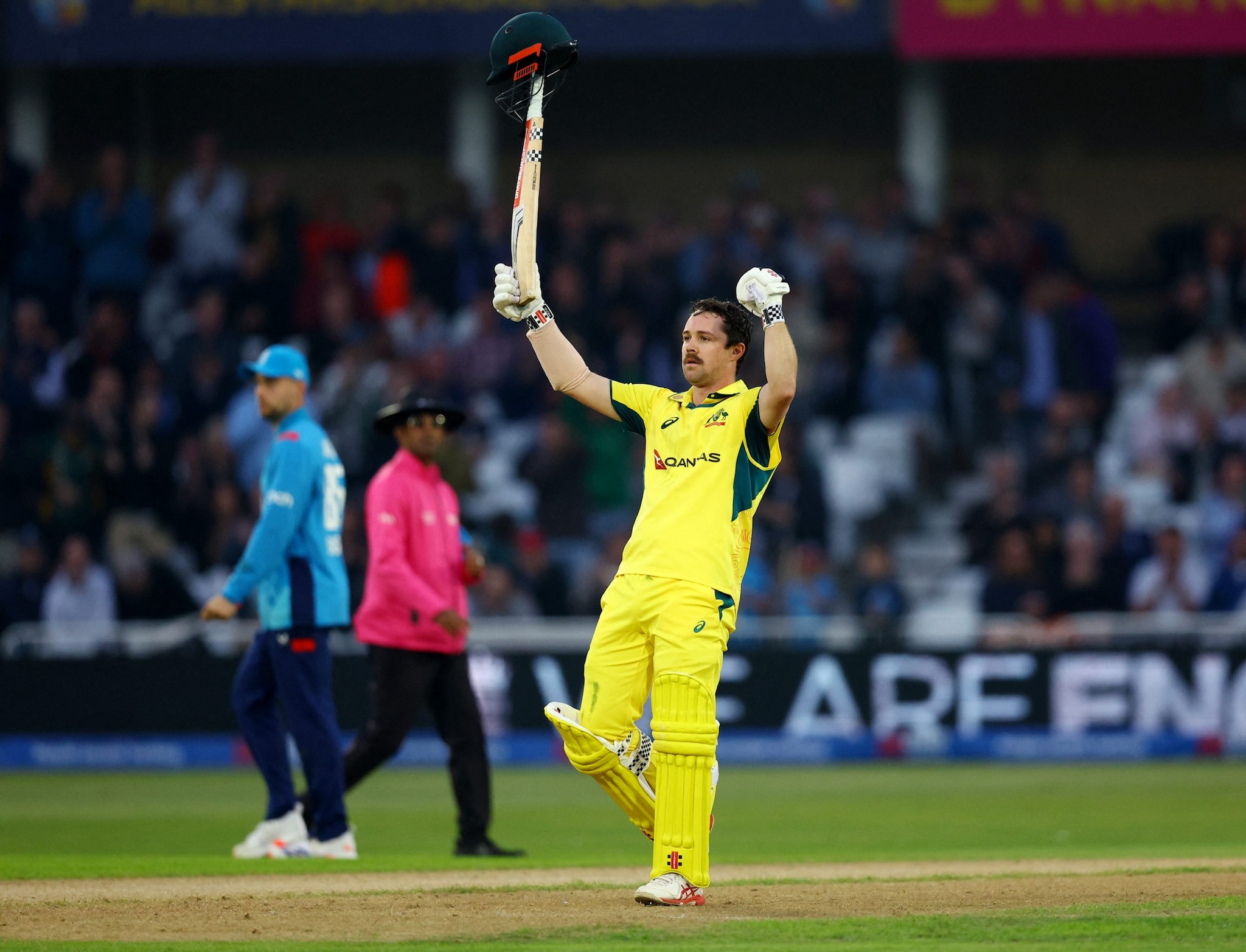
The is widely expected to keep on hold on Thursday after the latest UK inflation figures remained stubbornly high. Most economists think the rate-setters on the Bank’s (MPC) will keep the base rate unchanged at 5 per cent, a level which – prior to last year – had last been seen in 2008 during the global financial crisis. The Bank – the first reduction since 2020, in a move welcomed by squeezed borrowers still suffering from the cost-of-living crisis.
The move disappointed savers, however. governor said it had been able to cut the base rate because inflationary pressures had “eased enough”. which was higher than the Bank of England’s 2 per cent target but was below the 2.

4 per cent the Bank itself had predicted at this stage. Keeping the base rate on hold means mortgage repayments are unlikely to change. Bank of England to hold base rate at 5%, economists expect How have interest rates changed since the financial crisis? US Federal Reserve and ECB both opt for interest rate cuts , The US Federal Reserve has broken a four-year run and cut its benchmark interest rate by half a percentage point to 4.
75-5.0 per cent. This significant move signals that the US central bank believes it is winning the war on inflation and will now focus on preventing the job market from weakening.
One immediate effect should be lower borrowing costs for both consumers and businesses in the run-up to November’s presidential election. , In his latest column, ’s chief business commentator writes: Let’s start with the good news: August’s inflation number came in unchanged at 2.2 per cent.
While that is higher than the Bank of England’s 2 per cent target, it is in line with City forecasts and beneath the 2.4 per cent the Bank itself had predicted at this stage. Compared to the double-figure price rises Britain was experiencing in the painful summer of 2023, it looks very good.
Food prices, a persistent bugbear, rose by just 1.3 per cent – down from 1.5 per cent.
At the factory gate, an increase of just 0.2 per cent was recorded while the cost of raw materials actually fell, as did that of fuel. There are a few buts coming.
One thing to watch is the cost of services – from haircuts to handymen and everything in between; service prices rose by a headline rate of 5.6 per cent compared with this time last year, quite a bit worse than the previous month (5.2 per cent).
The City had pencilled in 5.5 per cent. The real villain of the piece was aviation.
Air fares traditionally rise in summer, but they rose by an extraordinary 22 per cent between July and August alone. Falling restaurant and hotel bills helped offset that to some degree. The Bank of England’s rate-setting Monetary Policy Committee has long been concerned about the cost of services, which represent by far the biggest part of the UK economy.
This price tends to be closely linked to the cost of paying the staff who provide them. Wage settlements have been declining, to a two-year low 5.1 per cent in the three months to July compared with 5.
4 per cent in the three months to May. But the price consumers pay for services still represents an inflationary troll lurking under the bridge. , The Bank of England’s rate-setters could take note of the European Central Bank’s (ECB) decision to cut interest rates in the Eurozone last week, marking the second reduction in a row.
The ECB’s rate-setting council lowered the main deposit rate from 3.75 per cent to 3.5 per cent at the meeting last week.
, Sanjay Raja, chief UK economist for Deutsche Bank, has predicted that the “won’t be enough to trigger a surprise rate cut” today. “Instead, the MPC will likely take this as a positive sign that underlying price pressures are easing, and could warrant a further dial down of restrictive policy in November, when it conducts its next forecast update,” he said. “The MPC will also have more information on the fiscal outlook, with the autumn Budget slated for 30 October.
” , Matt Swannell, chief economic adviser at the EY Item Club, said the Bank of England had“sent a clear message that back-to-back rate cuts were unlikely” after last month’s reduction, unless subsequent economic data was weaker than expected. He said the latest official data, which showed Consumer Prices Index (CPI) inflation remained at 2.2 per cent in August, would not be enough to prompt the Bank to start cutting rates more quickly.
, , Hi and welcome to our blog covering the Bank of England’s latest decision on interest rates that will happen at midday. We will bring you all the latest on the decision as well as reaction from top economists and policymakers. , Annual house price growth has slowed, but private rents continue to climb at a “near-record rate”, according to an (ONS) report – as many hard-pressed borrowers know: , , Savers are an estimated £4billion better off following improvements to easy-access rates in recent months, according to the City regulator.
The Financial Conduct Authority (FCA) said the average interest paid on easy-access savings accounts increased to 2.11% in June, up from 1.66% in July 2023, just before it published a review.
It said: “We estimate savers are £4 billion a year better off from higher interest rates as a result.” A new consumer duty was introduced by the regulator last year, requiring financial firms to put consumers at the heart of what they do, including when designing products and communicating with customers. In July 2023, the FCA also set out a 14-point action plan to ensure banks and building societies were passing on interest rate rises to savers appropriately, that they were communicating with customers more effectively and that they were offering them better savings rate deals.
The FCA said that while interest rates on savings accounts had been rising, this had been happening more slowly for easy-access accounts. , , higher than the Bank of England’s 2 per cent target but there was a wide variation in the rate across everyday goods and services. Examples of how everyday costs changed: , The of England is expected hit the pause button on interest rate cuts after warning it needs to be “careful” not to rush the decision as pressures on inflation linger: , How UK interest rates have changed since 2007: , The crumb of comfort for hard-pressed borrowers is that there will by ample scope for a cut in November if inflation remains below the Bank’s predicted path, writes , Read more: , Welcome to our live coverage of the Bank of England’s interest-rate decision due to be announced on Thursday.
.














